How And When To Pick Hot Peppers For Peak Spiciness – Top Tips For A Hot Harvest
Knowing how and when to pick hot peppers can mean the difference between a bland and a heat-packed harvest. Here's what you need to know to pick spicy peppers.

Amy Draiss
So you have a lovely crop of hot peppers thriving in the garden, but when do you pick them? There are several things to consider before you decide how and when to pick hot peppers.
Depending on the variety, how and when to pick peppers can vary. Hot peppers have different requirements than sweet peppers and the timing for harvest impacts the level of spice. Let's take a look at how to pick peppers for peak flavor and heat. Plus, some general vegetable harvesting tips that will help you pick the best hot peppers.
When to Pick Hot Peppers
Most peppers take at least 70 days from transplanting and another three to four weeks thereafter to reach maturity. Hot peppers often take longer.
Be sure that you know what type of pepper you have planted and then look up the days to maturity. If you have a plant tag or seed packet, the planting time should be there. If you're not sure which pepper variety you have, there are a few general guidelines to tell when they're ready for picking.
The days to maturity will give you a big clue as to when your hot pepper harvest will commence, but there are other clues as well. All peppers start out green and, as they mature, turn colors. Most hot peppers turn red when they are mature but they can also be eaten when raw. Hot peppers also get hotter as they mature.
Peppers can be eaten at most any stage of development, but if you want to be picking peppers that are as hot as they can get, wait on your hot pepper harvest until they are red.
How to Harvest Hot Peppers
As mentioned, you can begin picking peppers that are hot at almost any stage, just be sure that the fruit is firm. Peppers that remain on the plant past maturity can still be used if firm. Keep in mind that the more often you cut fruit, the more often the plant will bloom and produce.
Gardening tips, videos, info and more delivered right to your inbox!
Sign up for the Gardening Know How newsletter today and receive a free copy of our e-book "How to Grow Delicious Tomatoes".
When ready to begin harvesting hot peppers, cut the fruit from the plant with a sharp pruning shear or knife, leaving a bit of stem attached to the pepper. It’s generally recommended that you wear gloves when cutting fruit from the plant to avoid irritating your skin.
Peppers that have been harvested just as they begin to turn color will continue to ripen at room temp for three days. Those that are full sized can be eaten green.
How to Store Hot Peppers
Harvested hot peppers can be kept at 55 degrees F. (13 C.) for up to two weeks. Do not store them in temperatures that are cooler than 45 degrees F. (7 C.) or they will soften and shrivel. If your refrigerator isn’t set too cold, wash the peppers, dry them, and then store in a perforated plastic bag in the crisper.
If you find that you have a surfeit of peppers, too many to use quickly, try pickling them or freezing them either fresh and diced or roasted for later use.

Amy Grant has been gardening for 30 years and writing for 15. A professional chef and caterer, Amy's area of expertise is culinary gardening.
- Amy DraissDigital Community Manager
-
 Never Plant Seedlings Until They Pass These 3 Simple Tests
Never Plant Seedlings Until They Pass These 3 Simple TestsDon't be over-eager to transplant seedlings into the garden before they are ready. These quick and easy checks will help ensure flourishing plants.
By Mary Ellen Ellis
-
 Grow ‘Karl Rosenfield’ Peony Plants For The Ultimate Frilly Border Beauties And Cut Flowers
Grow ‘Karl Rosenfield’ Peony Plants For The Ultimate Frilly Border Beauties And Cut FlowersFor frilly double magenta peony petals infused with a heady fragrance, grow ‘Karl Rosenfield’ peony plants. Here’s how to cultivate the ultimate plushy blooms
By Tonya Barnett
-
 How To Make A Bouquet Garni Or Herb Bundle For Cooking
How To Make A Bouquet Garni Or Herb Bundle For CookingIf you’re a great cook, you may have made an herb bundle before. If this is a new idea, learn how to add sparkle and interest to your dish with a bouquet garni.
By Amy Grant
-
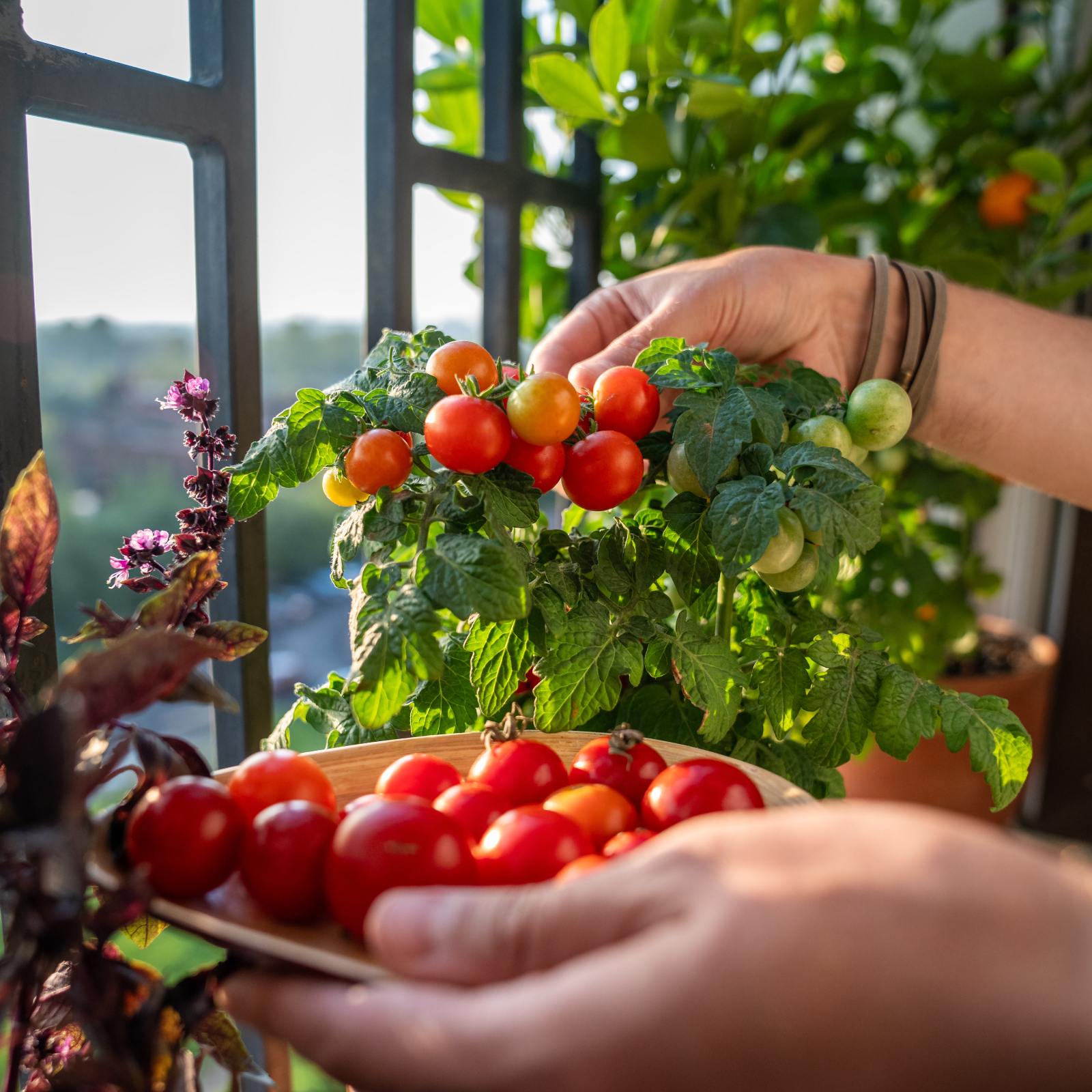 Best Tomatoes For Containers: 10 Tastiest Varieties For Plentiful Produce In Compact Areas
Best Tomatoes For Containers: 10 Tastiest Varieties For Plentiful Produce In Compact AreasThese are the best tomatoes for containers that prove you don't need to have a large space or elaborate garden to grow delicious produce.
By Bonnie L. Grant
-
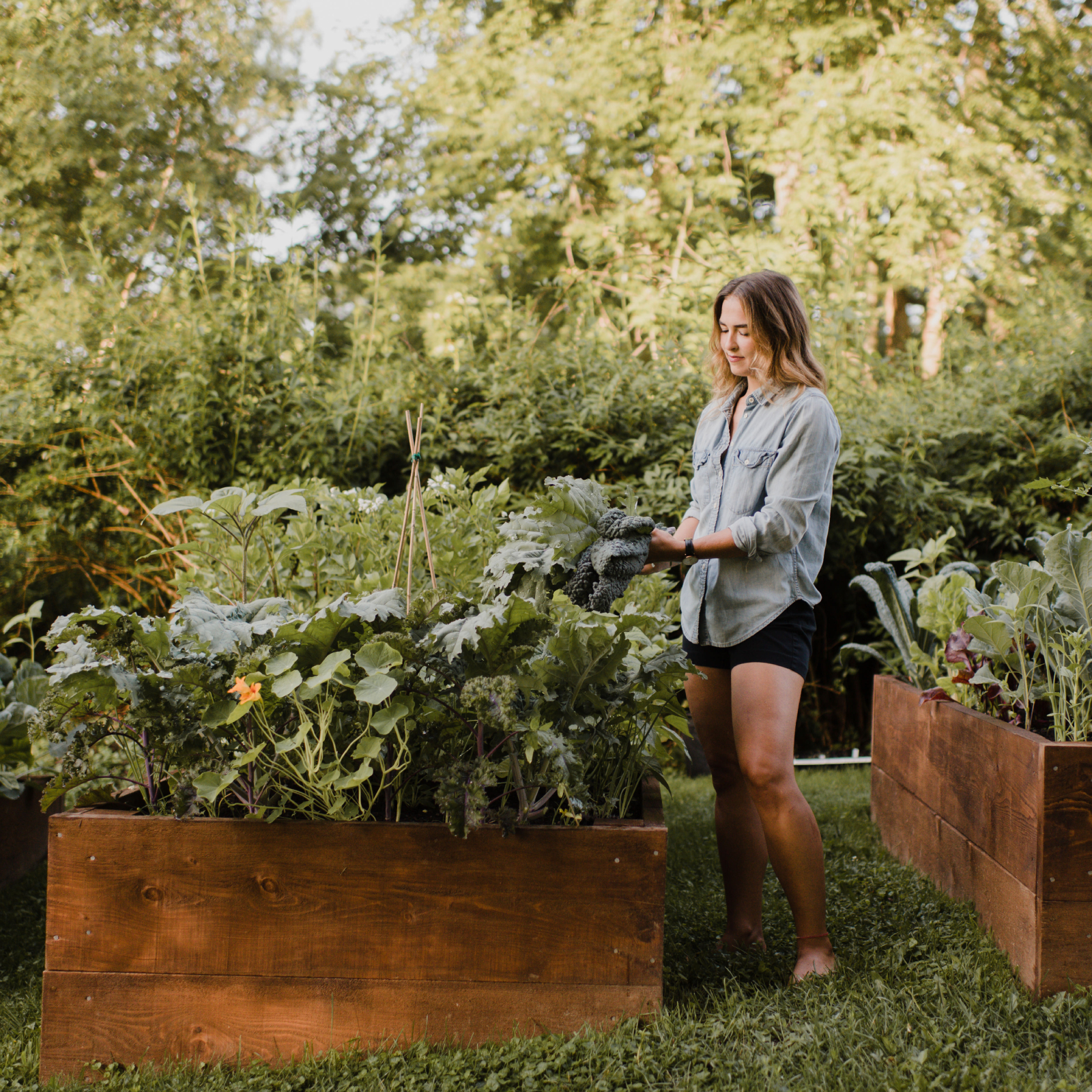 Raised Bed Garden Layout Ideas To Maximize Your Vegetable Harvest
Raised Bed Garden Layout Ideas To Maximize Your Vegetable HarvestCurious how to maximize your vegetable garden this year? Try these raised bed layout ideas and tips to get the most out of your space.
By Teo Spengler
-
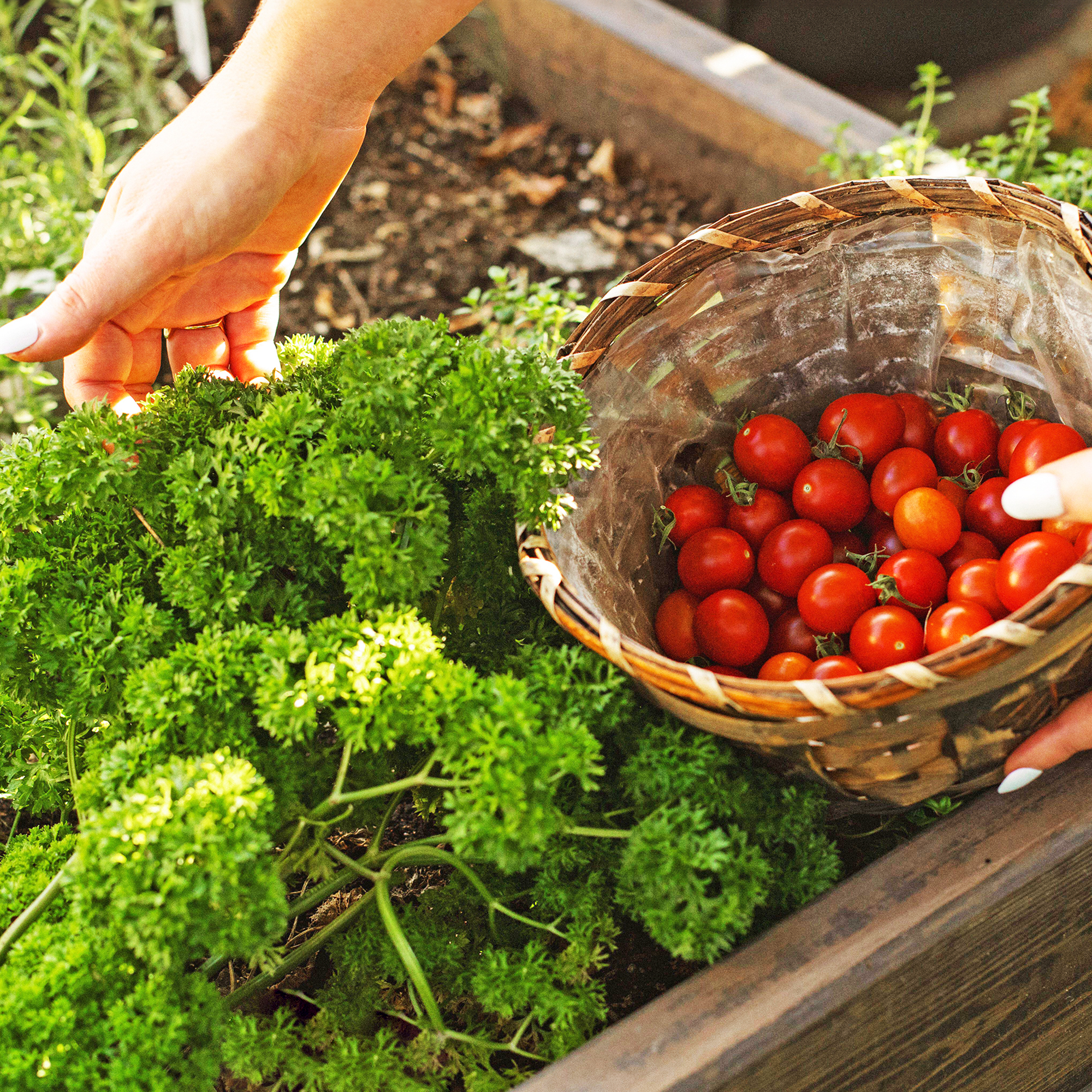 Best Herbs To Plant With Tomatoes: 6 Perfect Companions For Better Flavor & Bigger Harvests
Best Herbs To Plant With Tomatoes: 6 Perfect Companions For Better Flavor & Bigger HarvestsCertain herbs make excellent neighbors to tomatoes in the vegetable garden, repelling pests, keeping down weeds, and enhancing flavor. Try these top varieties.
By Mary Ellen Ellis
-
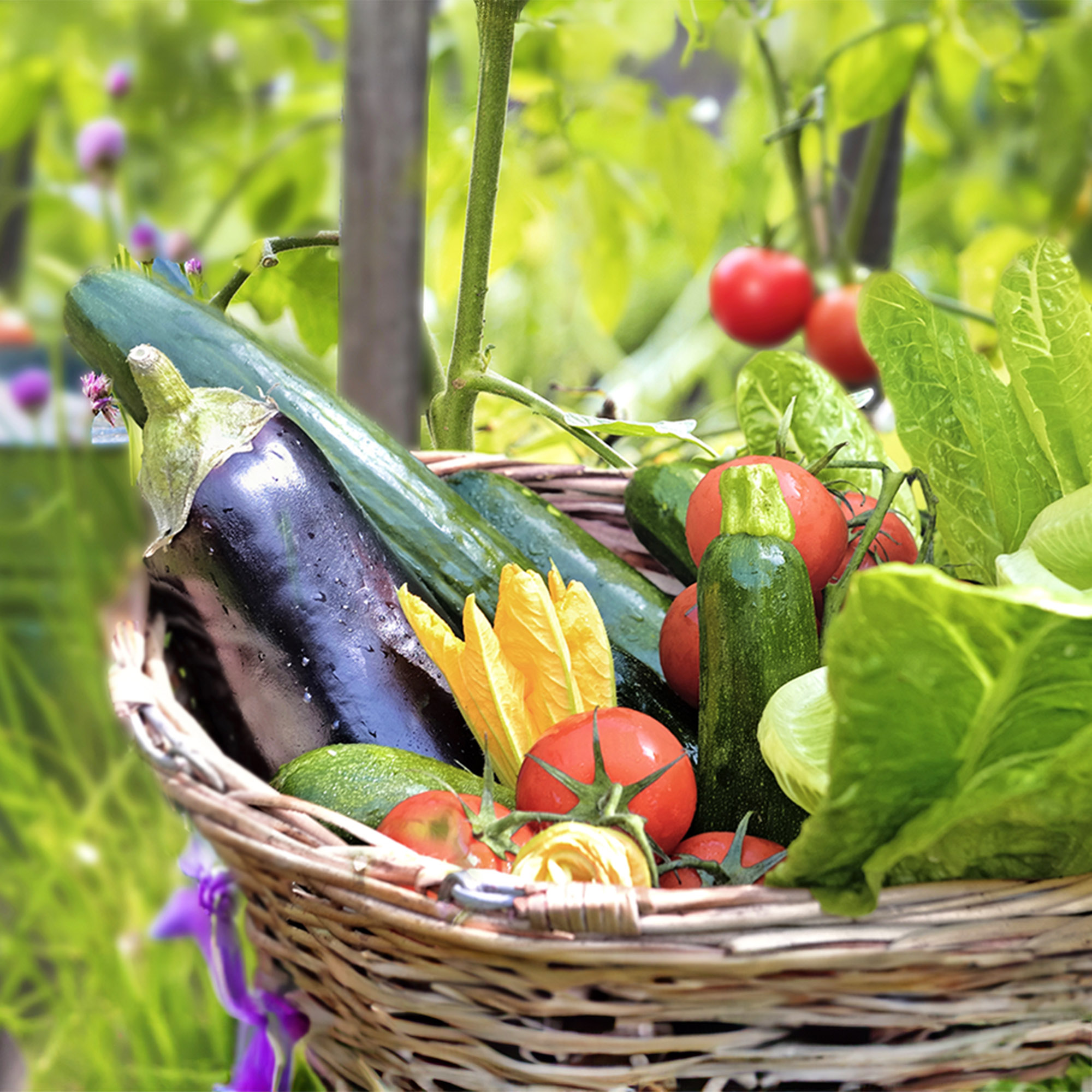 7 Best Vegetables To Plant In February – And Start Harvesting From Early Spring
7 Best Vegetables To Plant In February – And Start Harvesting From Early SpringGet a head start on your garden with these delicious veggies. Plant now and you can begin enjoying home-grown harvests sooner than you think.
By Mary Ellen Ellis
-
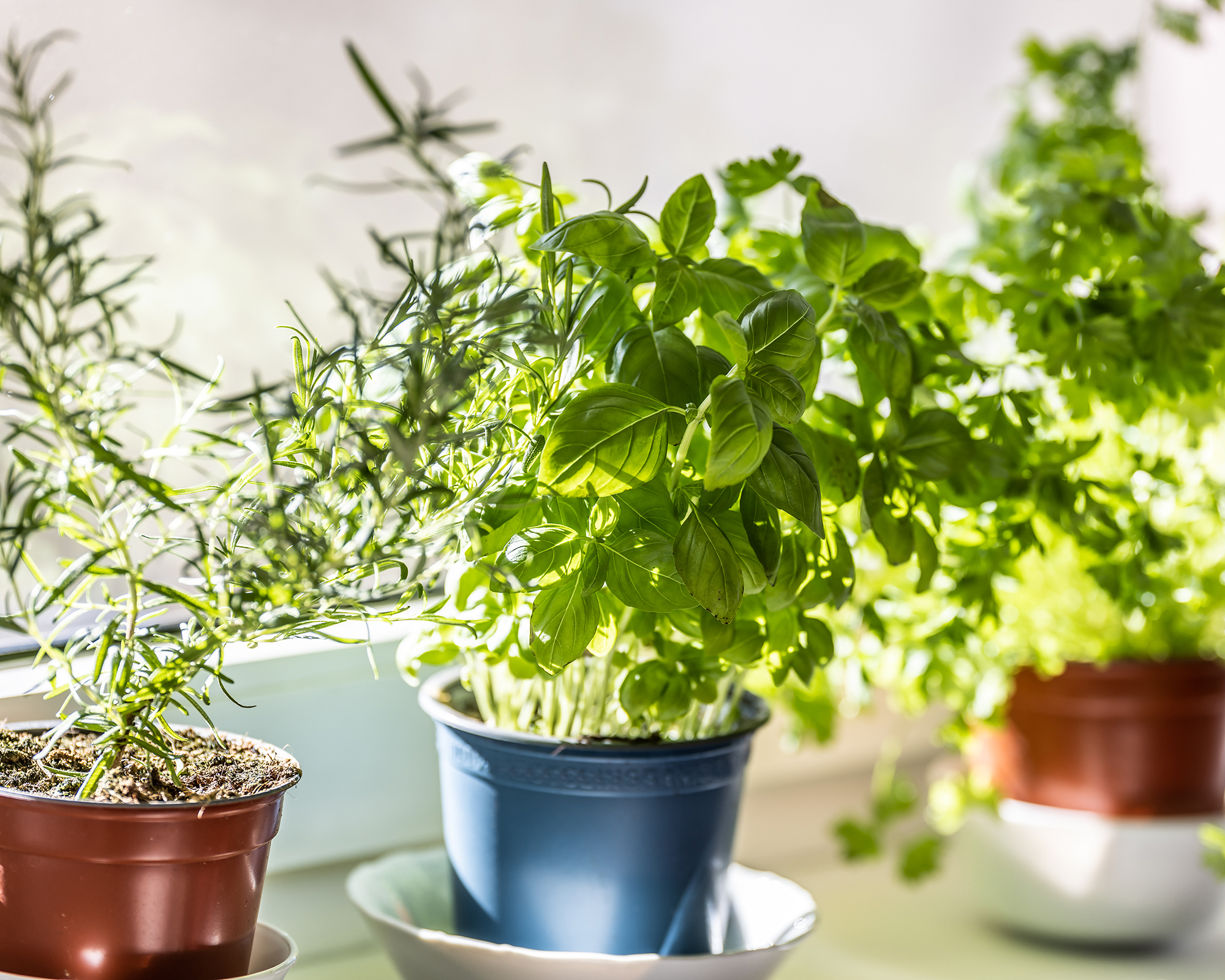 How To Grow A Windowsill Full Of Veggies This Winter, According To A Top Gardening Expert
How To Grow A Windowsill Full Of Veggies This Winter, According To A Top Gardening ExpertAward-winning journalist and climate-resilient gardening expert Kim Stoddart reveals her top plant picks and tips for a productive winter windowsill garden.
By Kim Stoddart
-
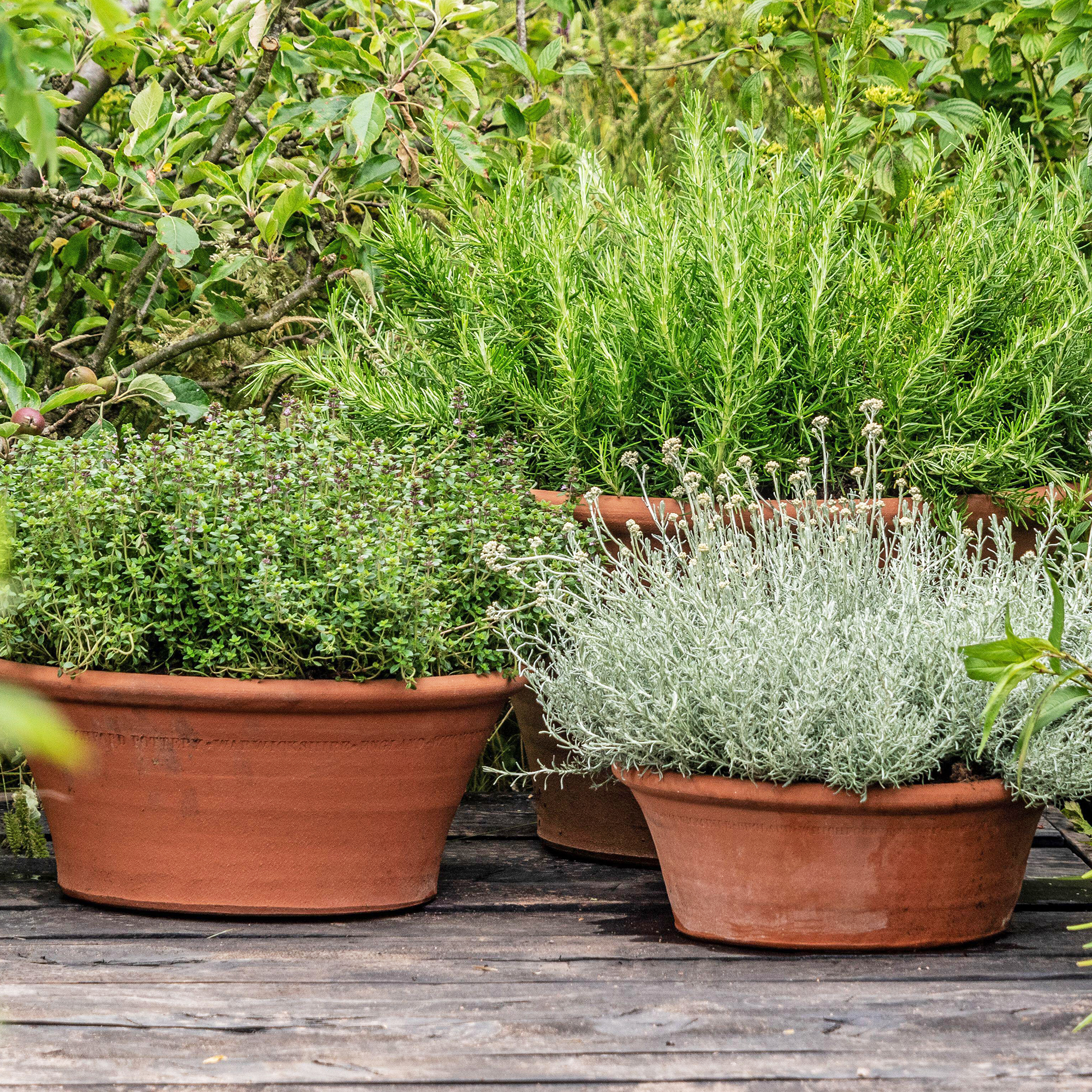 7 Perennial Herbs Perfect For Pots – Enjoy Aromatic Patio Harvests Year After Year
7 Perennial Herbs Perfect For Pots – Enjoy Aromatic Patio Harvests Year After YearDiscover the best perennial herbs to grow in pots. Ideal for small spaces, these low-maintenance plants offer year-round flavor and greenery on your patio.
By Bonnie L. Grant
-
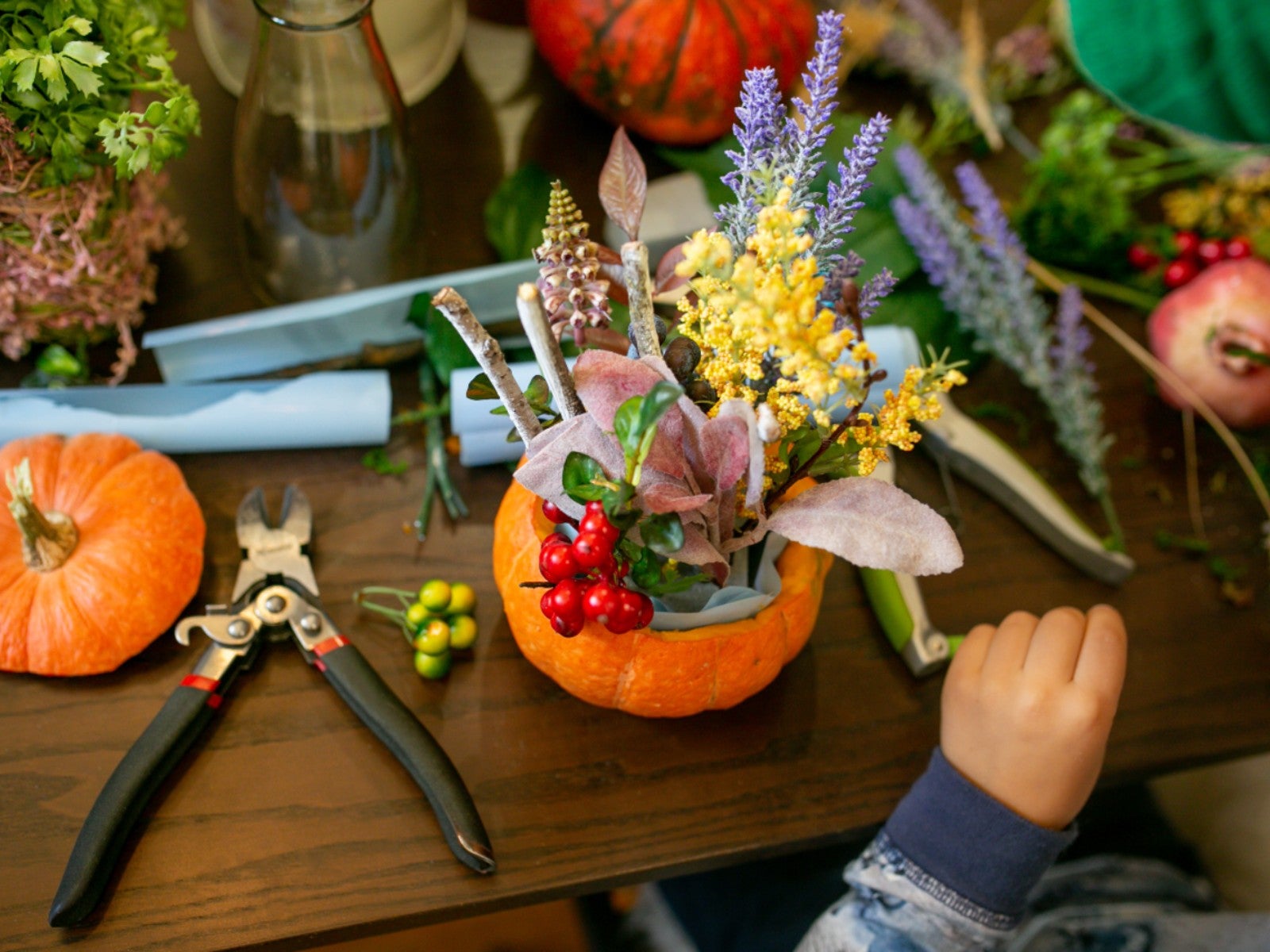 Do-It-Yourself Floral Pumpkin Centerpiece
Do-It-Yourself Floral Pumpkin CenterpieceCan you believe this pretty pumpkin centerpiece was made with just $13 worth of supplies? Plus, it was quick and easy.
By Amy Draiss